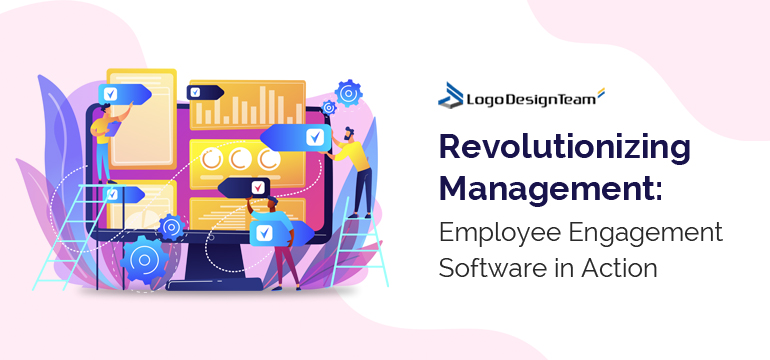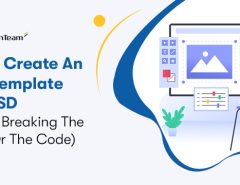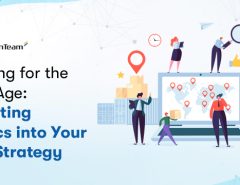In today’s business environment, companies are always seeking methods to enhance their operations and gain a competitive advantage. A crucial aspect of running an organization is ensuring that employees are actively involved, motivated, and content with their work. The level of employee engagement has an impact on productivity, innovation, customer satisfaction, and, ultimately, the company’s financial performance. Recognizing this reality, many businesses have embraced employee engagement software as a means to streamline management processes and boost employee satisfaction. This guide will delve into how employee engagement software is transforming management practices. Read it now to incorporate an appropriate employee engagement software in your organization and reap its many benefits.
1. The Importance of Employee Engagement Software
Conventional management approaches often rely on outdated techniques such as performance reviews and infrequent communication channels between managers and employees. These traditional methods do not provide real-time insights into employee satisfaction. Foster an environment of communication within the organization. However, revolutionary employee management and engagement software bridges these gaps by offering a platform that facilitates feedback exchange between employees and managers. It enables organizations to promptly gather insights into the sentiments of their workforce and proactively address any concerns or workplace challenges.
2. Continuous Feedback Loop
Efficient communication stands as one of the catalysts for fostering employee engagement.
Employee engagement software utilizes technology to establish a feedback loop between employees and managers, promoting discussions on goals, performance, skill enhancement, recognition, and overall job contentment.
By incorporating real-time feedback capabilities, employee engagement software enables employers to monitor individual performance metrics throughout the year instead of relying on infrequent annual evaluations. Managers can offer guidance and support whenever necessary while also promptly recognizing efforts. This ongoing dialogue enhances transparency within teams. Helps establish expectations.
3. Performance Tracking & Recognition
Employee engagement software empowers managers to track team performance objectively by utilizing performance indicators (KPIs) tailored to each role or department. Customized dashboards within the software allow managers to monitor progress on goals, milestones, and targets effortlessly.
Recognizing contributions is another aspect of fostering employee engagement. Employee engagement software facilitates the implementation of inclusive recognition programs within organizations. Managers can provide feedback. Publicly acknowledge exemplary performance or contributions, motivating employees to excel in their roles and cultivating a positive work environment.
4. Skills Development & Training Opportunities
Investing in an employee’s growth is crucial for their job satisfaction and retention. Employee engagement software offers a range of features, such as skills assessments, training modules, and personalized development plans. These tools help identify skill gaps. Provide tailored training opportunities for employees.
Organizations can empower their employees by giving them access to learning resources. This not only helps them enhance their skills but also aligns their career goals with internal growth opportunities. Continuous learning not only boosts employee satisfaction. Also ensures that the workforce stays up to date with the ever-evolving market trends.
5. Collaboration & Team Building
Collaboration and team building are crucial for fostering creativity, innovation, and teamwork within an organization. Employee engagement software provides tools like chat platforms, file-sharing interfaces, and project management systems. These tools facilitate communication among team members regardless of their location or time zone. Additionally, virtual team-building activities within the software create a sense of belongingness among employees.
Data-driven decision-making is vital for making choices in any organization. Employee engagement software provides data and analytics that can be used for making data-driven decisions. By collecting and analyzing employee feedback, organizations can identify trends, patterns, and areas of improvement within their workforce. This information can help managers implement approaches to tackle difficulties or issues, creating a happier workplace.
Conclusion
Employee engagement software has undoubtedly transformed management practices by enabling organizations to improve communication, objectively assess performance, openly acknowledge accomplishments, encourage collaboration, and boost overall employee satisfaction.
By implementing software, you invest in your valuable resource—your employees—allowing your organization to build a committed workforce that delivers optimal outcomes. This ultimately contributes significantly to business success in today’s competitive environment.




